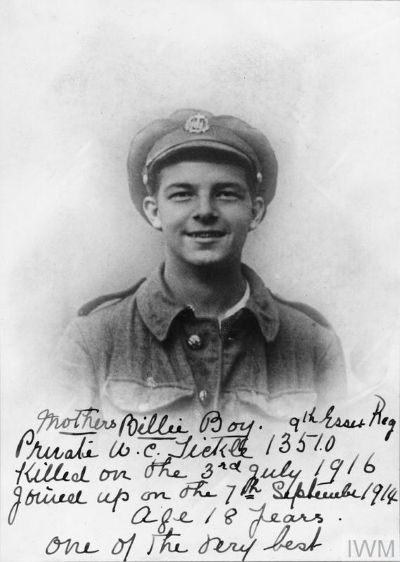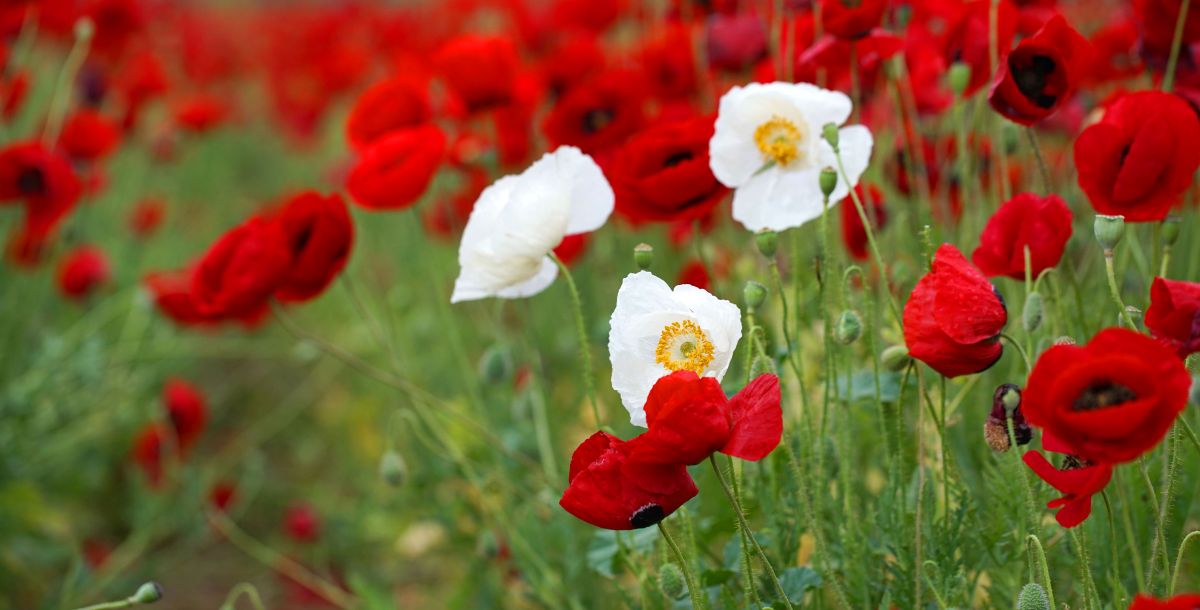Remembrance Sunday is an important event in the UK calendar. It takes place on the second Sunday in November, and many schools design activities to teach children about its significance. Approaches to teaching about Remembrance can support the development of peaceful communities that foster belonging and meaningful democratic participation, as well as helping children and young people to navigate an increasingly complex society as critically thoughtful and actively engaged citizens (Gee, 2022, p. 5).
Remembrance Sunday and Armistice Day are particularly associated with the end of the First World War, and many schools focus their Remembrance activities on the two world wars through their history curriculum. Teaching resources are readily available on these topics from the Royal British Legion, Imperial War Museum, The Peace Pledge Union, and others. On OpenLearn you will find free courses on topics such as Teaching the First World War. Quakers in Britain provide resources on Conscientious Objectors – those whose right to refuse to kill was recognised in the Military Service Act of 1916. Resources such as these provide opportunities for exploring the history, effects and dilemmas of war across the curriculum.
Teaching about Remembrance through diverse perspectives helps counter divisive narratives and strengthen students’ sense of belonging.
Recent years have seen greater efforts by campaigners, educators and the media to broaden the representation of those features in Remembrance activities. In particular, there has been far greater interest in the role played by soldiers from British Commonwealth countries. Teaching about these perspectives is important for engaging the sense of belonging of students of Commonwealth heritage. It also helps to counter divisive racist narratives which associate Remembrance solely with the experience of white combatants.
Using Remembrance activities as an opportunity to consider modern conflicts is a way to further encourage understanding and tolerance. Every school community is different, and every person in that community is an individual human being with their own experiences and ways of responding to those experiences. As well as stories within the community of experiences from previous generations, such as the First and Second World Wars, there may be members of the school community who have friends and family who are caught up in recent or current violent conflicts. Others may have direct experience of war themselves. A deep understanding of the diversity of experiences can help to build peaceful relationships within the school community, enabling schools to approach Remembrance Sunday with respect and sensitivity.
Working with their communities, schools might draw on these varied experiences to encourage students to consider the shared nature of human suffering and motivations for war across time and place. This has relevance to learning in many areas of the curriculum, including History, PHSE (Personal, Social, Health and Economic Education) and Religious Studies. It can help children and young people relate to events from both the past and present. It can also help students better understand the experience of classmates from conflict-affected regions. Finally, it can help students apply lessons from the past to today’s contexts, understanding the consequences of political rhetoric founded in racism, sexism and suspicion of the ‘other’.
Remembering those caught up in violent conflict
 William Tickle, Mother’s Billie Boy
William Tickle, Mother’s Billie Boy
Peace education helps children and young people engage positively and constructively with the complexities of the wider world. This can involve building empathy for people caught up in violent conflict, helping young people to think about the place those people took up in the world, the relationships they had and the spaces they left.
The Imperial War Museums’ Lives of the First World War contains many personal stories about the lives of men and women from across the British Commonwealth that peace educators can use as a starting point for thinking about the effects of violent conflict. For example, William Tickle was an English combatant who was killed in 1916. In 2014, his photograph appeared on a First Class Stamp to commemorate the centenary of the conflict. But underneath the image, and cropped out from the stamp, is the annotation William’s mother added to the photograph that she sent in remembrance of her son to the Imperial War Museum in 1919. It begins ‘Mother’s Billie Boy’ and ends with the note ‘one of the very best’. These small annotations reveal the relationships those who died had with those around them and the spaces they left behind.
The charity Every Casualty Counts has been producing an online Memorial 2025, which documents more than 100 individuals killed in violence worldwide in 2024. Every Casualty Counts works with a network of organisations which identify and document people killed in armed conflicts around the world today. They are motivated by the same urge to recognise and remember the dead which drives society in the UK to continue Remembrance activities decades after the end of the world wars. Sensitively used, the stories from Memorial 2025 may be resources for teaching about lived experience of modern conflict. Students might look at the similarities and differences between the experiences of those in modern conflicts and those in the world wars, both as soldiers and as civilians. Important lessons can also be drawn from analysing the language used to describe self and ‘other’, or ‘heroes’ and ‘enemies’, in the context of the people affected by war.
CND Peace Education provides a free primary resource, Sadako’s Cranes for Peace, with a wide range of curriculum links and ideas for helping primary aged children learn about Sadako, a child who died as a result of the bombing of Hiroshima. Children can respond to this story by making origami peace cranes, colouring a comic strip or writing in Sadako’s diary. The Peace Education network also offers a free Teach Peace resource that includes an assembly plan about Sadako.
There are a number of Remembrance activities that schools might consider that will help children to develop their competencies for peace. They might develop their empathy by writing letters of condolence to the families of those they have learned about. These can be displayed around the school, perhaps in places where children can take a moment to quietly reflect. They might engage in reflection by creating their own memorial book which may include entries about people they have known. It might also be appropriate to hold a quiet peace vigil in the classroom. It is advised that children do not write letters to living people they do not know personally.
There are many approaches to building peace through remembrance in school communities. If you want more information about peace education and the role of the peace educator, why not enrol on the free OpenLearn course Principles and practices of peace education.




Rate and Review
Rate this article
Review this article
Log into OpenLearn to leave reviews and join in the conversation.
Article reviews